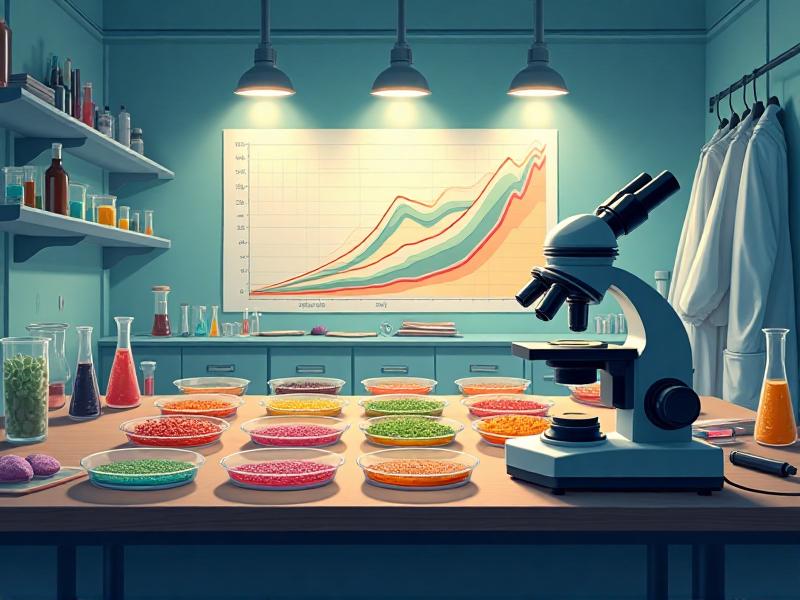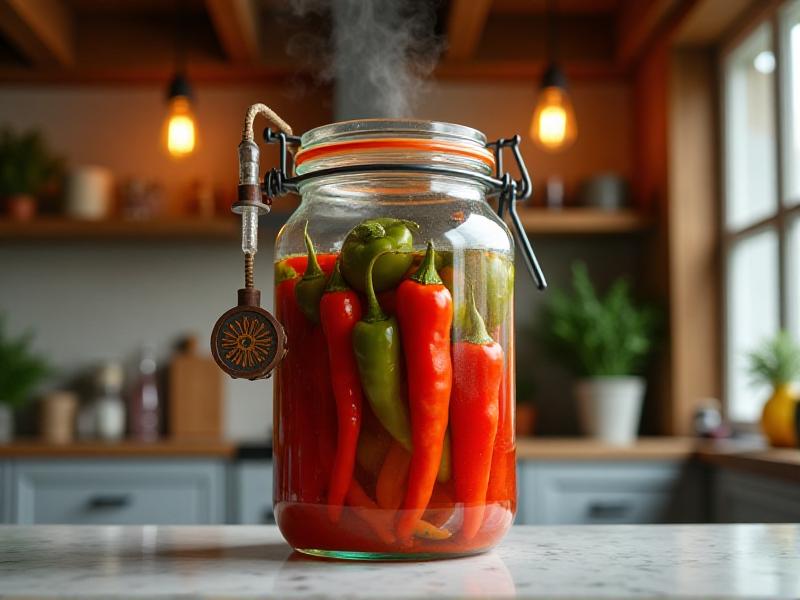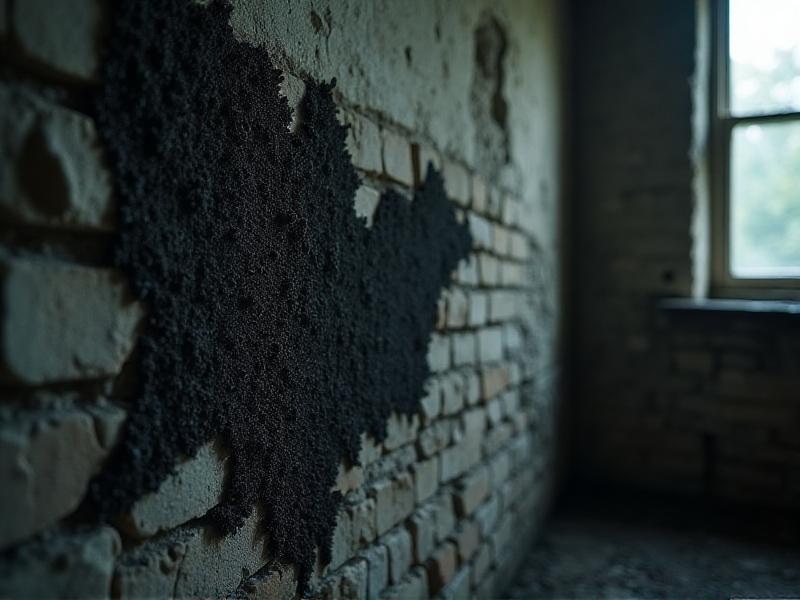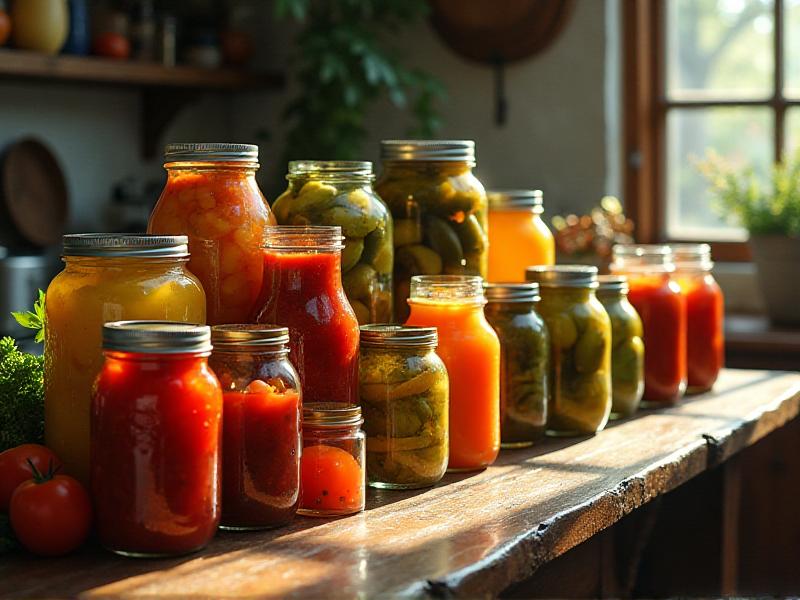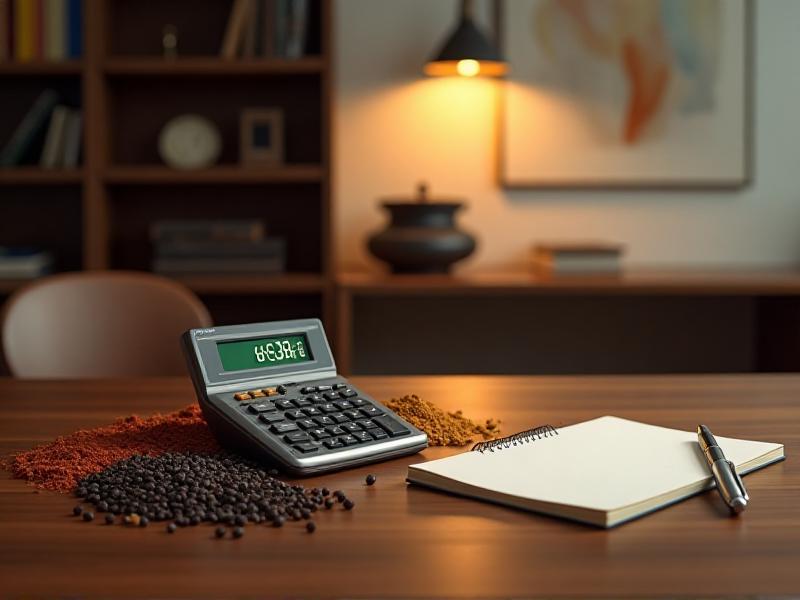Biohazard Containment in Home Kitchens
Understanding Biohazard Risks in Home Kitchens
Biohazards in home kitchens can range from harmful bacteria like Salmonella and E. coli to mold and chemical contaminants. These risks often arise from improper food handling, cross-contamination, and inadequate cleaning practices. Understanding these hazards is the first step toward effective containment. For instance, raw meats and poultry are common carriers of pathogens, while improperly stored leftovers can become breeding grounds for bacteria. Even seemingly harmless items like sponges and dishcloths can harbor harmful microorganisms if not sanitized regularly. Recognizing these risks helps in implementing preventive measures to maintain a safe kitchen environment.
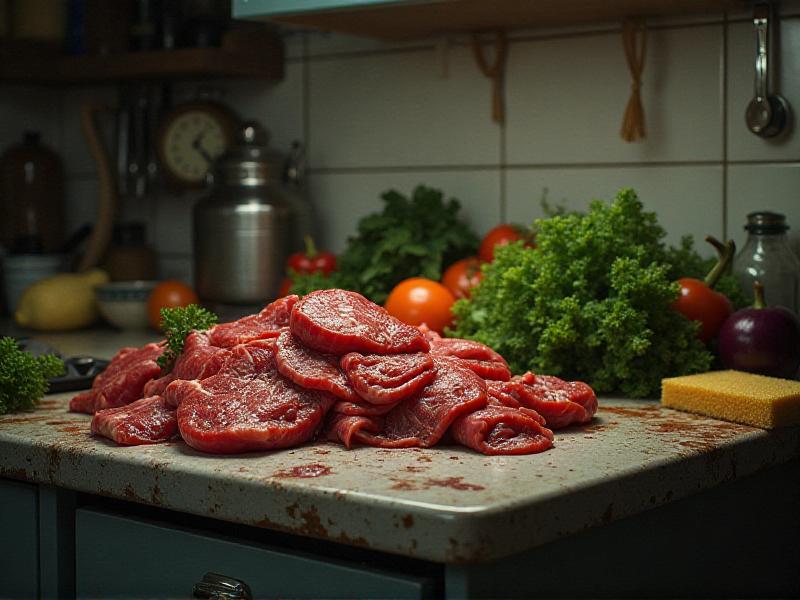
Essential Practices for Preventing Cross-Contamination
Cross-contamination is one of the primary causes of biohazard risks in kitchens. It occurs when harmful microorganisms are transferred from one surface or food item to another. To prevent this, it’s crucial to use separate cutting boards for raw meats and vegetables. Color-coded boards can help keep track of their designated uses. Additionally, always wash your hands thoroughly before and after handling raw ingredients. Utensils and surfaces should be cleaned and sanitized immediately after use. Storing raw meats on the bottom shelf of the refrigerator can also prevent juices from dripping onto other foods. These simple yet effective practices can significantly reduce the risk of contamination.
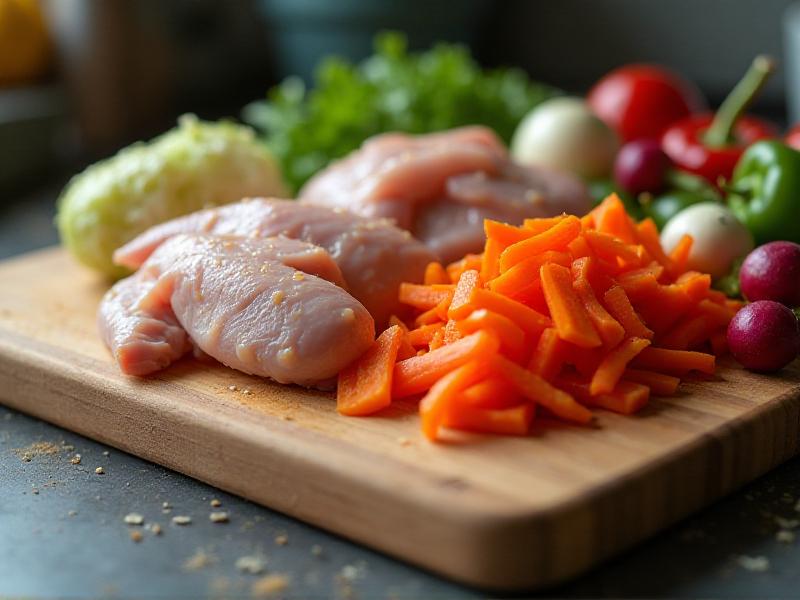
The Role of Proper Food Storage in Biohazard Containment
Proper food storage is a cornerstone of biohazard containment. Perishable items should be stored at the correct temperatures to inhibit bacterial growth. Refrigerators should be set at or below 40°F (4°C), while freezers should maintain 0°F (-18°C). Leftovers should be cooled quickly and stored in airtight containers to prevent contamination. Labeling containers with dates ensures that older items are used first, reducing the risk of spoilage. Dry goods like grains and spices should be kept in cool, dark places to prevent mold and pest infestations. By adhering to these storage guidelines, you can minimize the risk of biohazards in your kitchen.
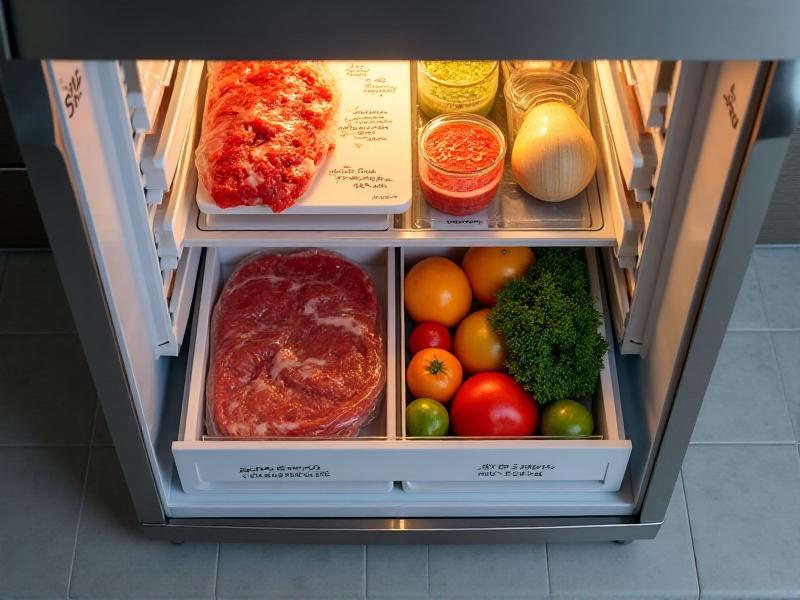
Effective Cleaning and Sanitizing Techniques
Regular cleaning and sanitizing are essential for maintaining a biohazard-free kitchen. Surfaces should be cleaned with hot, soapy water before being sanitized with a solution of one tablespoon of unscented bleach per gallon of water. Pay special attention to high-touch areas like faucet handles, cabinet knobs, and appliance buttons. Dishcloths and sponges should be replaced or sanitized frequently, as they can harbor bacteria. Dishwashers with a sanitizing cycle can be used for utensils and cookware. Deep cleaning should be done weekly, including the inside of the refrigerator and pantry. These practices ensure that harmful microorganisms are eliminated, keeping your kitchen safe.
Safe Handling of Raw and Cooked Foods
Handling raw and cooked foods safely is critical to preventing biohazards. Always use separate utensils and plates for raw and cooked items to avoid cross-contamination. Cook foods to their recommended internal temperatures—165°F (74°C) for poultry, 160°F (71°C) for ground meats, and 145°F (63°C) for whole cuts of meat. Use a food thermometer to ensure accuracy. When marinating, do so in the refrigerator, not on the counter. Avoid tasting food until it’s fully cooked, and never place cooked food back on a plate that held raw ingredients. These practices help ensure that harmful bacteria are destroyed and food is safe to eat.
Dealing with Mold and Mildew in the Kitchen
Mold and mildew are common biohazards that thrive in damp, poorly ventilated areas. To prevent their growth, ensure your kitchen is well-ventilated and free of leaks. Clean up spills immediately, and dry surfaces thoroughly. Use exhaust fans or open windows when cooking to reduce moisture. If mold is present, clean it with a solution of one cup of bleach per gallon of water, wearing gloves and a mask to avoid inhalation. Discard any porous materials like wooden cutting boards or sponges that are heavily contaminated. Regularly inspect areas like under the sink and behind appliances for signs of mold. Addressing mold promptly prevents it from becoming a health hazard.
The Importance of Personal Hygiene in the Kitchen
Personal hygiene plays a vital role in biohazard containment. Always wash your hands with soap and warm water for at least 20 seconds before and after handling food. Avoid touching your face, hair, or other surfaces while cooking. Wear clean clothing and tie back long hair to prevent contamination. If you have cuts or sores, cover them with waterproof bandages and wear gloves. Avoid cooking if you’re feeling unwell, as you could spread illness to others. These habits not only protect you but also ensure that the food you prepare is safe for consumption.
Disposing of Biohazardous Waste Safely
Proper disposal of biohazardous waste is crucial for maintaining a safe kitchen. This includes food scraps, used cooking oil, and packaging from raw meats. Use leak-proof, lidded trash bins to contain waste and prevent pests. Empty the bin regularly to avoid odors and bacterial growth. Composting is an eco-friendly option for vegetable scraps, but avoid composting meat, dairy, or oily foods, as they can attract pests. When disposing of sharp objects like broken glass or used knives, wrap them in paper or place them in a puncture-proof container. These practices help minimize the risk of contamination and keep your kitchen clean.
Creating a Biohazard Emergency Plan for Your Kitchen
Having a biohazard emergency plan ensures you’re prepared to handle spills, contamination, or other hazards. Keep a kit with gloves, masks, disinfectants, and trash bags in an easily accessible location. Label cleaning products clearly and store them away from food. Educate all household members on proper procedures for handling spills and disposing of contaminated items. If a major biohazard occurs, such as a sewage backup or pest infestation, contact professionals for cleanup. Regularly review and update your plan to address new risks. Being prepared minimizes the impact of biohazards and protects your family’s health.

